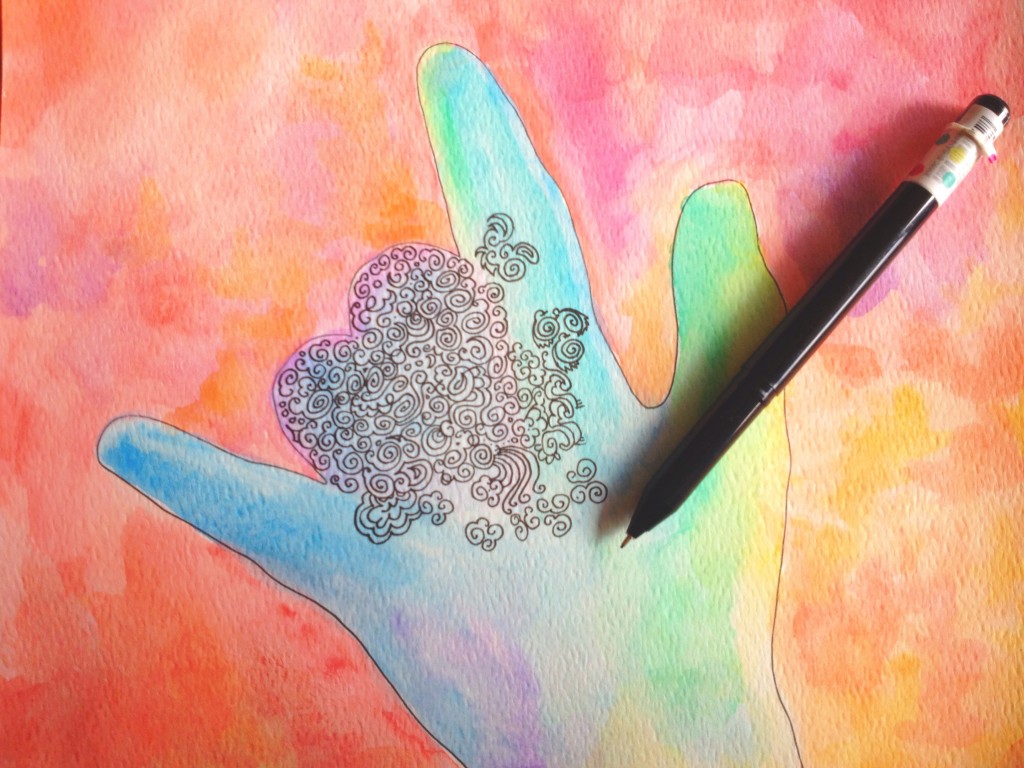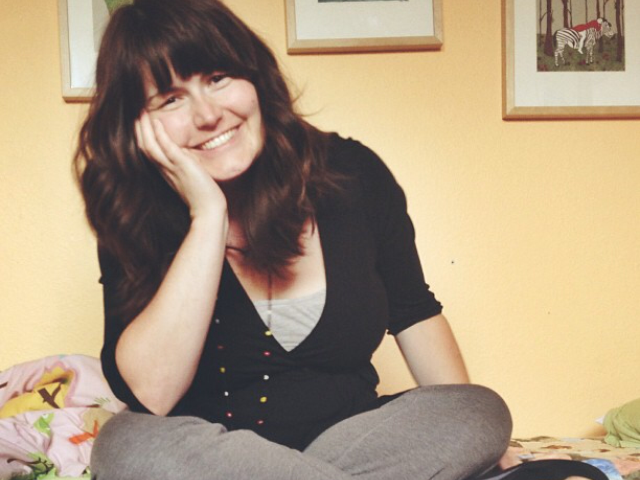
Are you a visual artist who is thinking about selling your art on the internet? Here is my Guide on How to Start Selling Your Art Online!
Etsy is JUST A STOREFRONT
There are many sites where you can sell your art online: etsy, society6, redbubble and café press are all popular. These sites provide a storefront, but they do not promote/market/sell your art for you. Don’t expect them to. Don’t just throw your art up there hoping to get “lucky” and “discovered.” It will never happen.
Ok, sure, maybe as your shop gains momentum, it will seem like more people are finding you through whatever storefront site you use. But that’s not the case. The new customers are finding you because of networking.
YOU have to be very active in promoting and marketing yourself and your work.
PERSONALITY is More Important than SKILL
People don’t buy art prints because of the technical skill involved. People buy art prints because of the personality of the art.
People don’t buy commissions because of the technical skill of the art. People buy commissions because of a relationship with the artist. This is almost exclusively true.
To sell art online, you need to be plugged into a community. Your art needs to be informed by the vernacular of your target group. You need to build a following and cultivate your relationships. You need to share more than just your art; you need to put your SELF out there.
If you are just trying to use people, don’t expect to sell anything. People will know. You must CARE about the people for whom you are creating artwork. Art is, after all, about Truth and Beauty. That doesn’t mean you have to talk about every dark secret inside your heart; but, in one way or another, you have to find a way to open up and share your soul with your people.
Create a PLATFORM
You need an independent website for your art. Your website is the home for your portfolio and business information. It is the platform you stand on to invite people further into your life and your art.
You can create a website on blogspot, wordpress, or any number of free blogging sites. If you are just starting out, use a free site.
Don’t get a fancy email address; just use whatever personal address you already have. Setting up a URL and getting a dedicated email is overkill. Let people see the unfinished, authentic vulnerability of your personal email account. It is part of your charm.
If you have an existing website for your day job, or for a project you administrate, do not send people to that site for your art. Create a separate platform that is focused on your art.
Your site needs to clearly answer the following questions:
– What do you create?
– How do I buy your work?
– Who is this artist?
– How do I contact you?
That’s it.
PLUG IN to a Community
To market yourself, you need to talk about your craft, you need to talk about yourself, and you need to find common interests that will bond you with others. Social media is a good tool for this. If you don’t regularly interact on social media, I recommend you pick one and focus on just that one.
I only really use two: Instagram and twitter.
INSTAGRAM:
Think of Instagram as the magazine of your life. It’s a great way of inviting people into your process and journey while sharing your lifestyle. I use Instagram to creatively express myself and gain inspiration from other artists. As a visual medium, Instagram is very good at appealing to the emotions.
TWITTER:
Twitter is the best platform to use when engaging about ideas, current events, or common interests. Since twitter is fast-paced, it’s really easy to miss updates about your art; so make sure you time crucial updates in a savvy way, include a lot of teasers to peak interest, or just talk A TON about important art news. I use twitter to socialize, share jokes and discuss common interests.
FACEBOOK:
If you are already on facebook, stay and leverage the community you have. Personally, I don’t like facebook. It’s a terrible gatekeeper, and you are blocked from accessing most of your community. But it’s a way to connect with networks of people who know each other in real life. If you are going to use it to promote your art, diversify with an additional social media outlet so that you aren’t 100% dependent on facebook.
YOUTUBE:
Youtube is an excellent platform for promoting your persona, your ideas, or your process. Youtube is an especially great way to connect with younger audiences, who digest information primarily through video media and decreasingly through written forms, like blogs.
GOOGLE+:
Google+ is a good way to contact people you already have a reason to talk to. It’s a terrible way to meet new people. Think of Google+ as an alternative form of communication, an extension of emailing. I guess it’s possible to get people talking about your art on Google+, if it’s pertinent to an ongoing discussion, but the network isn’t an ideal fit for marketing.
LINKEDIN:
If your goal is to connect with people who want to buy your art, joining a group of other artists who are trying to make money won’t help you make money; however, it can provide some professional support. Honestly, though, take any advice you get off Linkedin with a grain of salt. Keep in mind that selling art in person, through galleries or at craft fairs, is an entirely different experience than selling online.
TUMBLR:
Tumblr is a fantastic all-in-one social network for microblogging and sharing content around a common interest. If you are starting with zero online presence, I recommend starting with a tumblr. You can even create a tumblr right away instead of creating a website; it’s a great way to get the ball rolling. Put basic information in your profile about how to commission art, then you can post directly to your tumblr page to share new art as you create it. Tumblr has a wide community that regularly interacts, shares and discusses content from one tumblr page to another, so it can be a rewarding place to start engaging.

KEEP FOCUS ON YOU
As you develop your main website you will be tempted to add buttons, social media links and ad-space. Don’t. Any content that pulls a viewer away from your site distracts them from your work. Focus your site on your artwork. Pull the viewer’s attention to YOU.
For example, on my website I try to focus my blog on subjects of creativity, completed works, artistic inspiration, and things in my life that inform my art. My blog was not always so focused, but over the years I fumbled along until I found my voice. And, now, here I am. I am an artist. I am a writer. I am a creative development consultant. I make things to inspire people, and I give advice to help people inspire others.
When I have something to say about a different topic, I try to find a place to talk about it that is a more appropriate fit. That is what my “projects” page is all about. All of these projects express different parts of who I am. They are effective stand-alone sites, because there is a clear purpose and focus on each one. And each site funnels people back to my main platform, and back to me.
— Erin

Comments are closed.